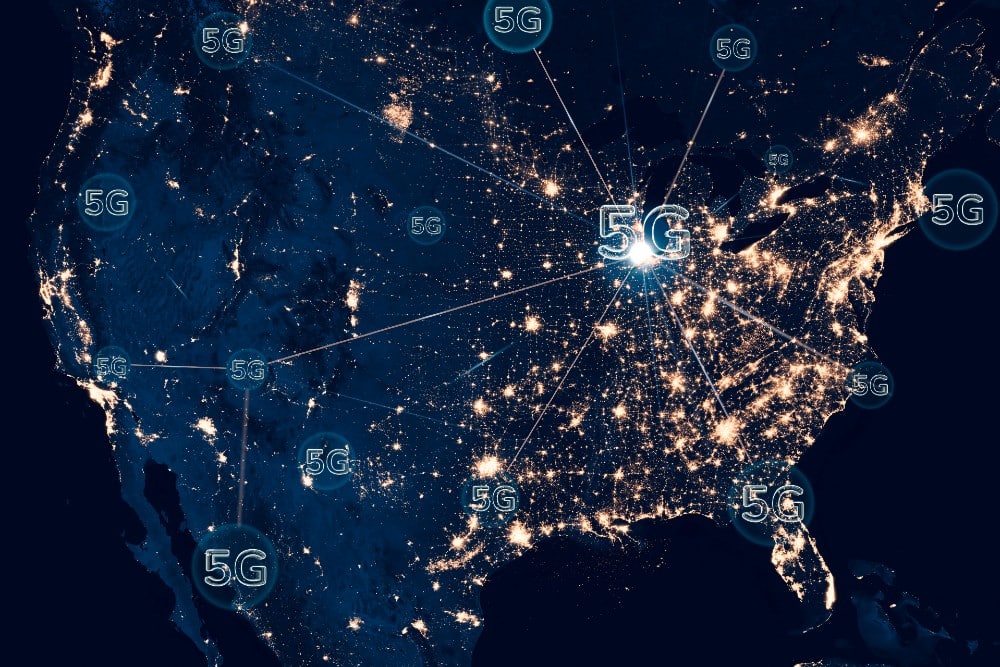Bogota in Colombia has suffered severe traffic congestion since the 1990s. Drivers in this city of 1.2 million cars and 7.8 million people lose an estimated 191 hours annually on the road. Boston, London, and Paris also have serious traffic problems that cost drivers days per year on the road.
Many cities around the globe are at a breaking point with population explosions and limited resources to support livable conditions. Mobility demands are at the top of the list of things that cities must address.
Mobility analytics is the answer to these issues for not only identifying congestion sites but also assisting city planners in formulating sustainable mobility systems.
Urban Mobility Challenges at a Glance
With 50% of the global population living in cities, commuters in major urban centers are spending more hours in traffic. The strain on transportation systems is slowly becoming unbearable. Most urban roads were designed decades ago when the populations were still low.
When a city’s population grows, even the public transit system can no longer handle user demand. Look at the strain at the BART trains in San Francisco; public transportation can be overwhelmed.
People’s lifestyles have changed and so has the choice of commute. Walking or biking to work has raised the demand for new transportation types. Pedestrian and bike lanes are effective for traffic control, but the early road designers did not necessarily factor these into urban road designs.
Last but not least, the influx of people and vehicles into cities impacts negatively on the environment. As commute times increase, so does air pollution from greenhouse gas emissions and the likes.
Mobility analytics will be important in determining the direction for future mobility. Smart data application offers cities many avenues of gaining insight about mobility and developing relevant management interventions alongside regulatory practices.
Assessment of Existing Mobility Infrastructure
Even in existing mobility infrastructure, some questions may need concrete answers. How well suited is the public transport system for the user demand? Which mobility options can we introduce to improve the system? Mobility analytics can help examine the infrastructure, even where uncertainty is present.
A city may want to investigate an entire region or just a small part of the city. The ‘heat map’ method can be useful in highlighting traffic volume. With the visualizations given through this form of mobility analytics, city planners get leverage to identify areas of the transport network that may need optimization.
Proposal for New Mobility Solutions
Cities looking to introduce new mobility solutions in the future will need mobility analytics for planning and functioning purposes. Mobility solutions are cropping out every day, so it is upon city planners to swing into action. The new mobility systems can only effectively harmonize with the current solutions if there is a suitable framework.
With mobility data analytics, it is possible to analyze the benefits and risks of an offering in advance. Does the city need to add more e-scooter providers? Which part of the metropolis needs more bike-sharing services?
When urban planners answer such questions, they can propose the best mobility solutions. Fleet operators can equally rely on mobility data analytics when they plan to bring new offerings to the city. They can use these analyses to decide the best models for their businesses. For instance, what is the most economic capacity for meeting this mobility demand?
Staying Compliant With Regulations
Any mobility solution for future cities must take into account the many regulatory requirements that exist. Mobility data analytics can help policymakers put regulatory measures to test. For instance, what is the best way to implement parking bans? Where do we put smoking-free zones?
When such decisions involve the public and stakeholders, data analytics can be helpful. For instance, a digital map is easier to read for everyone, so it can make the decision-making process smoother. Collecting feedback and discussing the options promptly is an effective way of implementing regulatory measures.
Conclusion
The future of urban mobility is bound to be challenging, especially from increased consumer expectations, tighter regulations, and strained revenue margins. Control over these issues will enable city planners to meet user mobility requirements and optimize urban transport systems. Customers will be able to visit a single interface and book an individualized trip entailing several modes. Thanks to an integrated mobility system, it will be possible to follow the most efficient route based on mobility analytics.
Built for safer and efficient transport, Net4things mobility solutions can optimize your operations by giving deep insight into any transportation mode. We offer a Cross Mobility Platform (XMP), user app, and devices to enhance mobility for a smarter future of urban areas.
Build customer trust and expand your market share through intuitive and seamless journeys. Avoid needless dwell times in crowded urban areas through real-time updates. Clients in different parts of the world rely on our mobility offering, which is the best of its kind for smart management in a wide scope of industries. We are committed to helping organizations make money, enhance safety, and sustain the environment, now and in the future.

